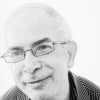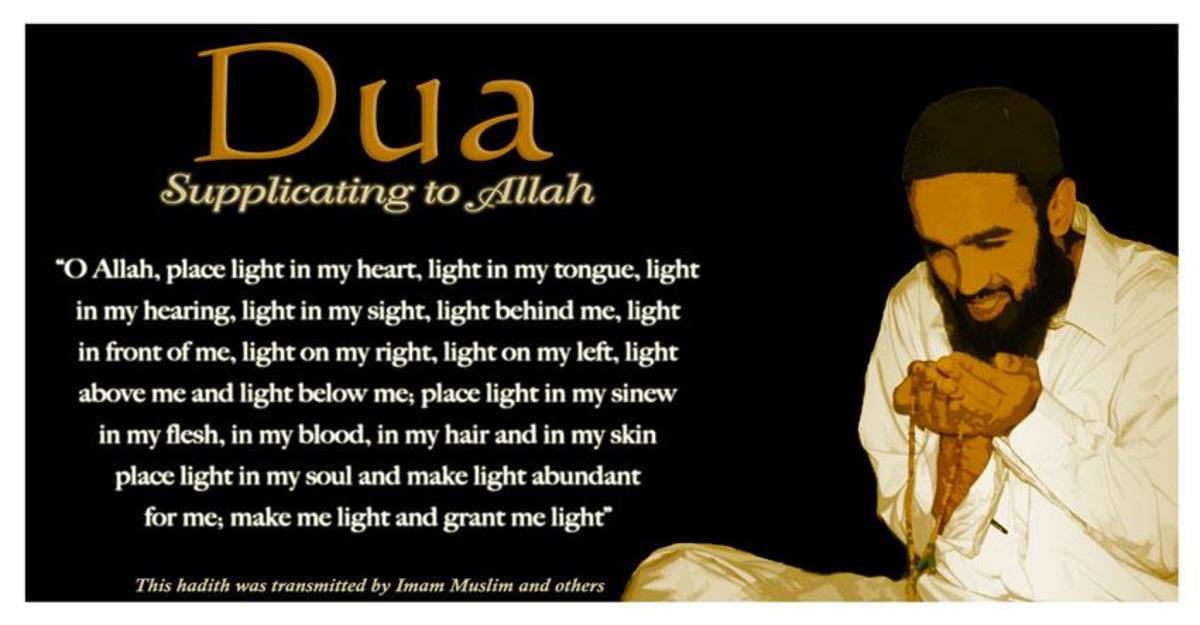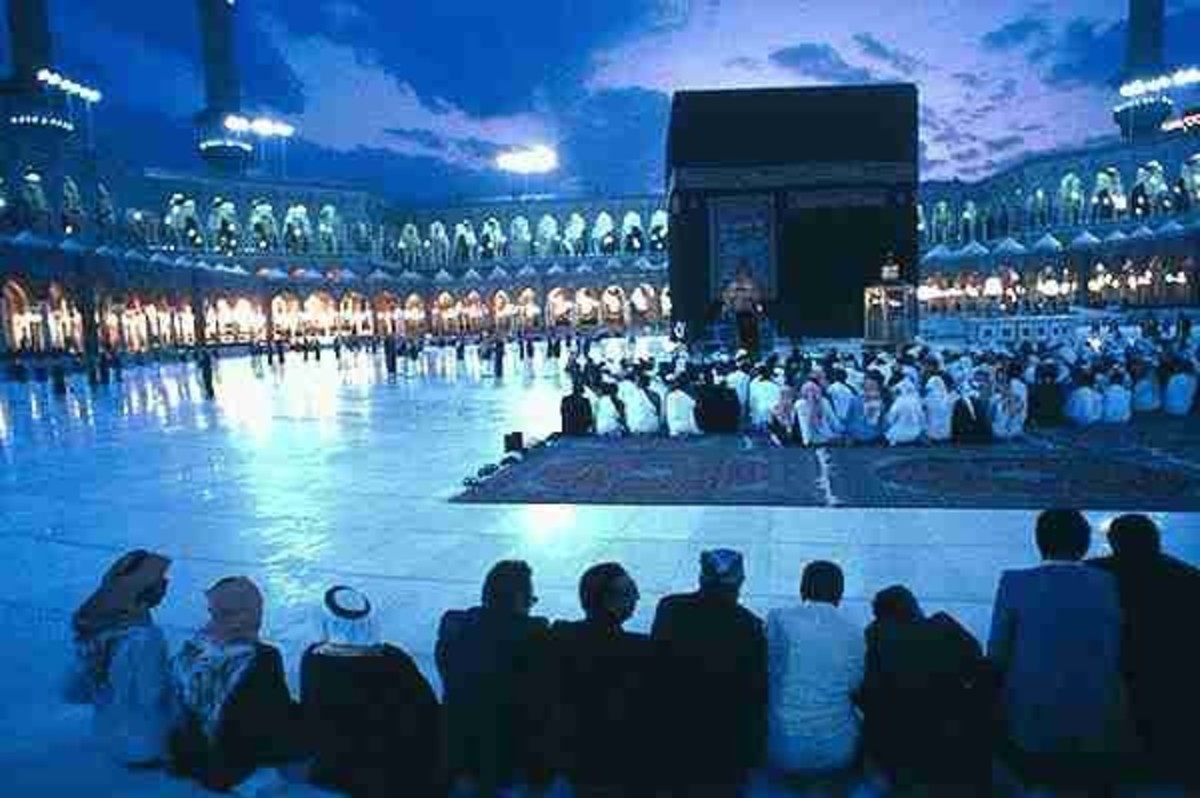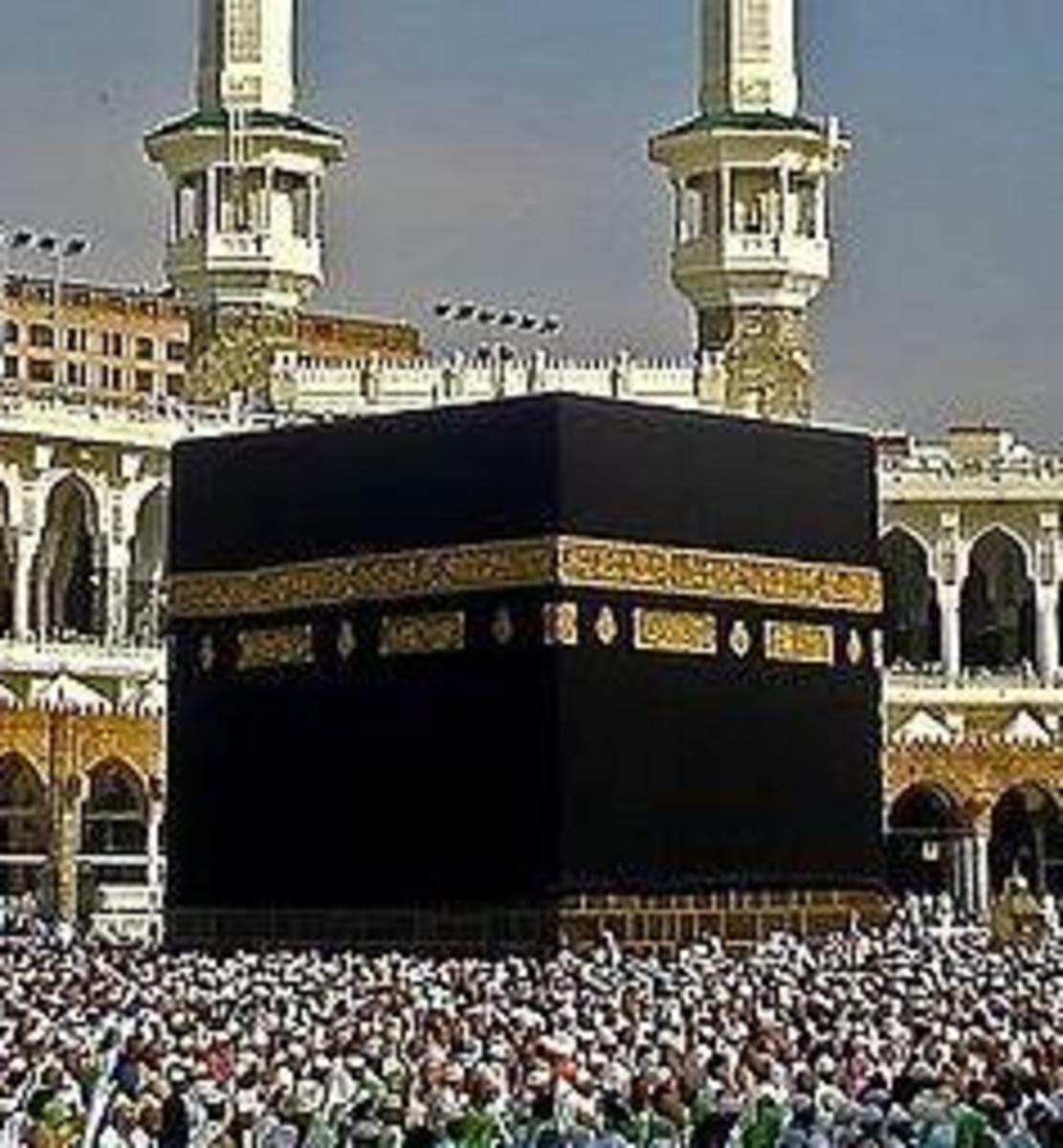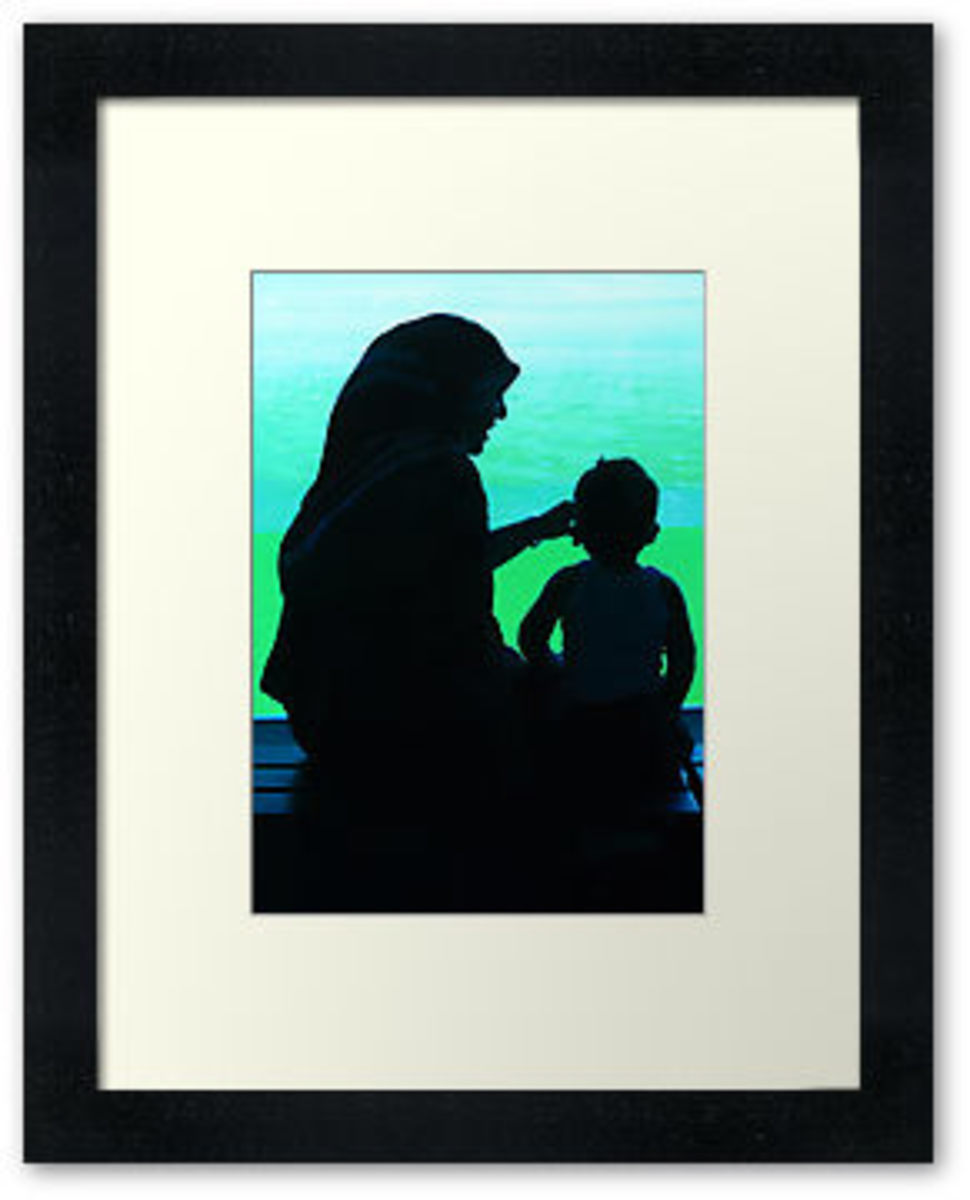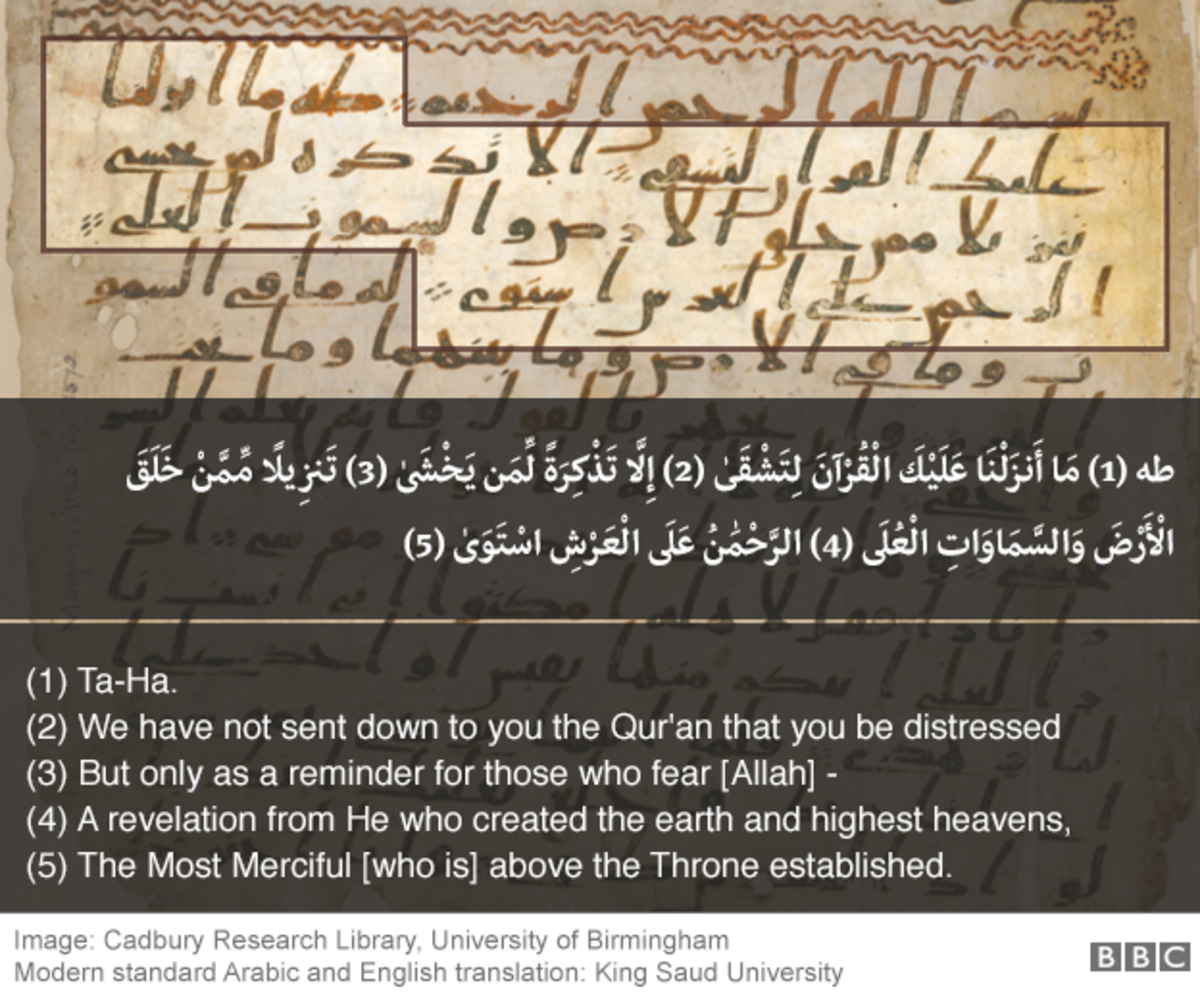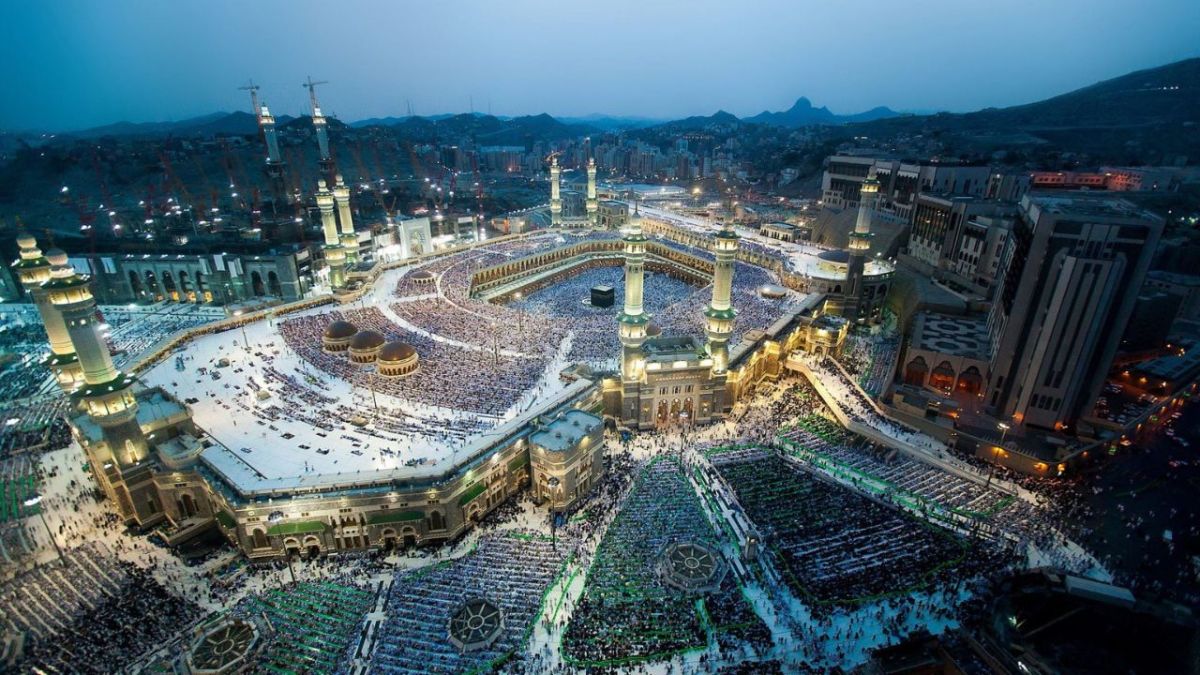Going to Makkah
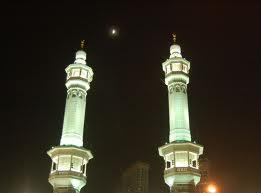
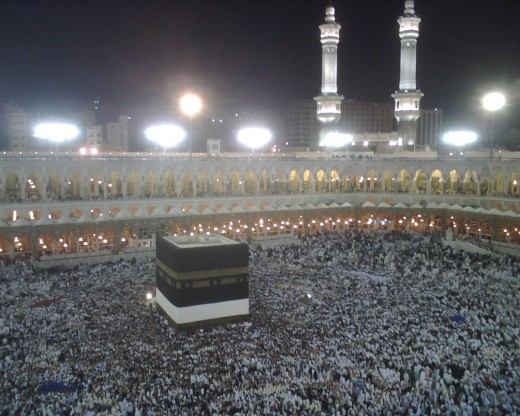
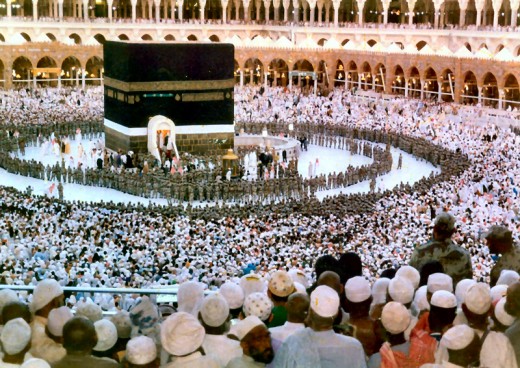
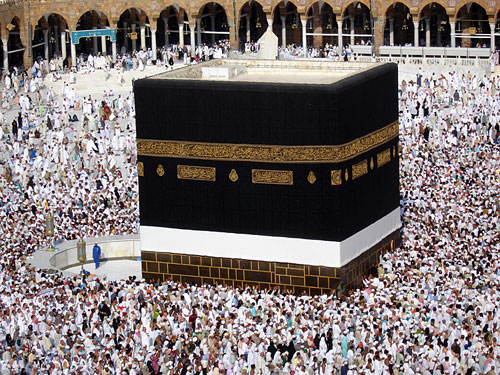
Magnanimous, high-minded, noble, big, upright, a set of awesome feelings that keeps travelling between my body, mind and soul. The manner inexplicable, faith tested, the spiritual and the tangible, inner feelings of religiosity and the practical, livable aspects, as if living between two worlds.
As I sat down at 3 o'clock in the early hours of the morning on the steps of Macca's Al Haram mosque staring at Al Kaabah, mixed feelings of awe went through my veins. In front were 1000s upon thousands of people in white shrouds circulating round and round this house of God which existed since time immemorial and represents the pinnacle of Islam.
It's faith in Allah and the belief in the Almighty, a huge power that controlls our way of life, way of thinking and ultimately our destiny that we are put on this earth for a purpose and an objective to our existentialism besides ourselves.
I joined the circumambulation earlier the previous day. It's 9 o'clock in the morning, the sun beaming down, circling according to Islamic traditions. I went round seven times uttering prayers, beseechings to a higher being that is far beyond us, we are told about in the Koran, our traditions and beliefs, and even extolled in the Torah and the Bible.
Once I reached the grounds of Al Kabaah, all the tiredness and ache I felt from my feet upwards minutes ago minutes ago simply disappeared. It's as if I joined a crowed of dedicated chanters and worshippers, becoming anonymous as one whole human mass whose only link to life was appealing to a oneness that is higher.
This was indeed the house of God, it is were 1 billion Muslims around the world turn to in supplication prayers which is five times a day. Here I am with my wife and thousands of others in front of the black-shrouded house, praising the Lord, calling upon him to forgive my sins and beseeching him to answer my prayers.
It seemes at first too difficult to take in and comprehend. Over the years I watched prayers at the holy precinct on television, now I am in the middle of it. The Kaabah, the large domineering square-shaped elongated mosque that surrounds it, the long minarets brightly lit at night began slowly to sink in my inner-self.
Visiting Macca for the first time as believers, is a mighty psychological event, beyond dreams and daily practices. We are here for the purification of our souls in slight number of days of getting beyond our daily life, our extractabilities and its worldliness.
We are on an Islamic pilgrimage, our role to increase our prayers and worship and try to become exemplary Muslims by following the orders of God who espouses peace, cleanliness and prayers while abhors treachery, lying and pilfering to name but a few.
As part of the teachings, Muslims are required to perform Hajj at least once in their life but can visit the holy places as many times as they want on an Umra as we are doing.
Part of the practices is to walk the Safa and Marwa, two long pathways, that are slightly less than one kilometer in length each. This is symbolic for it represents the number of times Hager walked up and down in search of water for her then baby Ishmael who was crying of thirst. On the first night we started at 10 o'clock at night, Mecca, Kabbah and Safa and Marwa were beaming with people, hurriedly moving here and there.
According to Islamic traditions, which are found in the other celestial religions like Judaism and Christianity, Ibrahaam left Hager because he was ordered by God. She called upon him to answer if it's God's will that they'd be left here, and he just nodded in agreement. Then she shouted Allah will protect us.
After frantically walking the Safa and Marwa seven times which had hills at both ends, she returned to find water sprouting at the feet of little Ishmael. And so the story goes, it is here were a town grew, as tribesmen from the desert sensing there was water in the area, began to congregate and build a civilization.
According to Islamic teachings Ibrahaam returned to the area in later years and built the Kaabah with his son Ishmael who had been adopted by one of the clans that had come to settle in this area. And for a while he became its custodian.
Zamzam, the water-well continued to exist throughout the centuries, and the gushing water today satisfies the thirst of pilgrims who come to the Mecca from all corners of the world.
Figures vary as to the number of guests—guests of the lord as they are called—who visit Mecca each year. Some say 13 million visitors perform the pilgrimage each year but other numbers vary from 25 to 35 million perform the Islamic acts annually.
No one knows where the Zamzaam water comes from, where is its source or sources, a well that keeps gushing out. Through many refilled containers located in the different praying areas surrounding the Kaabah, those on the pilgrimage are frequently drenching the water down in small plastic cups.
In our three-day stay there, we just stayed in the large prayer halls. For It was awe contemplation, not just spending my time in prayers and worship, but trying to fathom the nature of Islamic architecture that had been built to add to the sense of religiosity.
Marbled floors, columns, and endless arches dominated the environs, following patterns made in settings, that were repetitive and simple. Each 'corner' characterized in long, thick columns, floors and linked by arches was copied so when you looked from an angle there was a pleasant consistent, uniformed pattern pleasing to the eye.
It's a prayer precinct full of carpets, and endless number of people from different nationalities, praying, reading the Koran, occasionally chatting to one another. It was a layback atmosphere, reverent, but empty of austerity. It was calm, peaceful, a relaxation to the heart.
At the front of the prayer precincts, there is terraces that lead further downwards—not far—to Al Kaabah, but if you gaze out in front, further up to the right, and the left, the arches and the columns continue with the Kaabah in the middle. It looked like a large square with arches and columns.
Although Arabic is the central language of the Koran, many of those performing the pilgrimage seemed to be non Arabs, from Iran, Turkey, India Pakistan, Malaysia, Indonesia and even China and Thailand. The world appeared in Mecca.
Arab pilgrims, apart from Egyptians seemed in a distinct minority although the prayer format and the supplication was in Arabic. I couldn't help but contemplate on the fact these are people who didn't know anything about the language yet firmly believed in a religion whose tongue and diction was markedly different from anything they heard and spoken.
Hordes and hordes assemble in the different prayer halls, especially at the periods leading to prayers, whether it's just before sunrise, at noontime, afternoon, sundown or later evening.
Many people begin to congregate waiting for prayers, with places becoming so tight its hard to find a place. At many times the men squeezing next to each other in reverence and supplication. Sometimes, there are no places on the carpets that people had to perform their prayers on the starched-white marble floors forming rows upon rows of human bondage.
In such times people outside the precinct which is reserved by grey facades and large brown doors that is, distinctly Islamic and oriental reflecting the area, many people assemble ready to join the prayer.
The precinct is within short distance of many hotels and apartments which are part of complexes that house malls, restaurants areas, cafes and the like. Its population here live, make their living, carry on with their daily lives and so on. Because the whole of the city is part of the holy places, you can virtually pray anywhere when the call for prayers is made.
Quite frequently if the prayer starts in front of the Imam, and you are late, you can put your Salat mat on the floor and virtually pray anywhere taking position alongside with many other people. On a couple of occasions I postured in the mall along with others. I had no mat, so it was standing and kneeling on the floor. I found such humility to God amazing as many just stood there on the virtual ground and performed their religious duties.
This is considered clean territory, as long as you have made your ablutions, washing of hands, mouth, nose, arms, head, ears, neck and feet, you can stand with hands folded at the waist in front of God.
The holy precinct is spotless as cleaning is going on 24-hours a day. Teams of cleaners with high tech cleaning machines cordon off small areas at a time and clean quickly so the pilgrims are not interrupted and prayers maintained.
This is made throughout the mosque and around the Kaabah, being maintained spotlessly clean all the time. Individual cleaners are placed throughout the haram in different areas, along corridors especially next to the Zamzam water containers which are kept full all the time. The cleaners are there to make sure if water is spilled from the drinkers it is wiped immediately.
Aside the cleaners they are those assigned to the half-shelves in each prayer area. These are small book cases with myriads and myriads of copies of the Koran that need to be kept in an orderly manner at all time.
Pilgrims waiting for the prayer call frequently read the holy book many times which Muslims are required to do. Although I know a number of Chapter-Surrahs of the Koran, I did not manage to read the book.
While I was there, I concentrated on supplication prayers, looking at the Kaabah with its 24-hour circumambulation of people, that was a sight to see by itself, or walking the corridors and halls of the different parts of the holy precinct which exhibited sameness, giving one the spiritual feeling of continuity and wonder.
Because of the great number of people who visit the holy places, the authorities had already built a second and a third floor which I went up and saw on a number of occasions and prayed in. Open halls here are slightly larger but replicate the below floor. Also there is a special course to go around Al Kaabah from atop but this is much longer. Still, there are few people judiciously walking.
And for those with disabilities there are electrical chairs you can hire, sit and maneuver. There is also wheel chairs, which my wife insisted I sit in at different times like during the first night I walked around Al Kaabah. Then a hired help pushed me, doing the same in Safa and Marwa
The whole of the precinct is a handicapped-friendly place with many special ramps, taking into account that some people could only perform their religious duties sitting down. I must admit I felt somewhat strange sitting in a wheelchair and have someone push me, the first time I circumambulated Al Kaabah, that's why I insisted on doing it again the next day standing up.
Mecca the holy place and the cradle of Islam is a great city for the Islamic world and arguably internationally because together with Medina Al Monawara (City of Light) this is where Islam was born, a religion that was fought by the people who rejected its message as revealed by Prophet Mohammad (SAAWS).
Our journey to the holy places in fact started in Al Madina, where its people originally accepted Prophet Mohammad after being forced to leave Mecca. It was felt his "Islamic" message was disrupting the economic interests of those in power and that would stop people from coming to Mecca to trade because of the new thinking that was preached about the oneness of God. Mecca had then 360 idols which people came to see, if people started it believe in the oneness of God, they feared that would lead to disruption simply put.
Like Mecca, there was a holy Islamic precinct dominated by one huge mosque, at the front of which was the place where Prophet Mohammad was buried. Many people were there virtually from every conceivable nation around the world. Next to God, he was most revered for spreading the word of Islam around the world.
Our two-day visit to Madina was a preparation for the awe and reverence we were about to experience in Mecca, that was around 500 kilometers south and took us about seven hours by coach.
My pilgrimage was an experimentation in spiritual development, there was a great feeling of human mass and oneness which you can only experience in such a holy place as Mecca.
